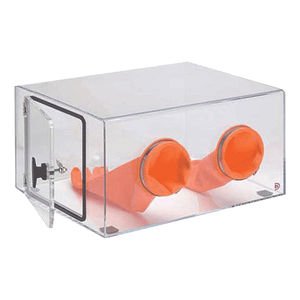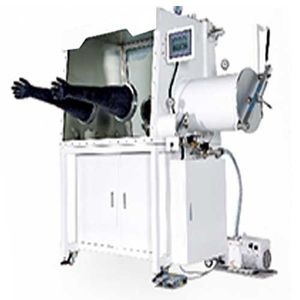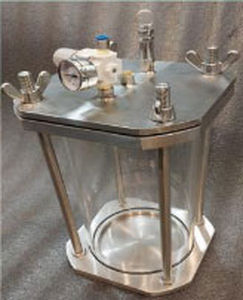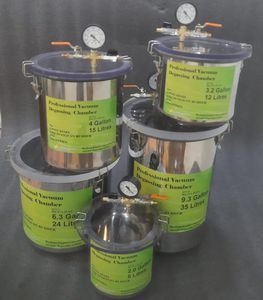
- Industrial machines and equipment
- Surface Treatment Equipment
- Vacuum chamber
- Burhani Engineering Technology
- Products
- Catalogs
- News & Trends
- Exhibitions
Impregnation vacuum chamber pressure

Add to favorites
Compare this product
Characteristics
- Other characteristics
- impregnation, pressure
Description
In the realm of food processing and preservation, Vacuum Pressure Impregnation (VPI) has emerged as a groundbreaking technology to enhance the quality and prolong the shelf life of fruits and vegetables. This comprehensive guide will delve into the world of VPI for fruits and vegetables, shedding light on its principles, applications, and the transformative role it plays in preserving the freshness, taste, and nutritional value of produce, thereby contributing to sustainability, and reducing food waste.
Vacuum impregnation is a non-destructive method of introducing a solution with a specific composition to the porous matrices of fruit and vegetables. Mass transfer in this process is a result of mechanically induced differences in pressure. Vacuum impregnation makes it possible to fill large volumes of intercellular spaces in tissues of fruit and vegetables, thus modifying physico-chemical properties and sensory attributes of products.
This method may be used, e.g., to reduce pH and water activity of the product, change its thermal properties, improve texture, color, taste and aroma. Additionally, bioactive compounds may be introduced together with impregnating solutions, thus improving health-promoting properties of the product or facilitating production of functional food.
During typical vacuum impregnation the free spaces and capillaries of the material are filled due to a mechanically induced difference in pressure. The process consists of two stages: The phase of reduced pressure and the phase of atmospheric pressure. Impregnation of the material occurs as a consequence of two phenomena: hydrodynamic mechanism (HDM) and deformation relaxation phenomena (DRP)
VIDEO
Catalogs
No catalogs are available for this product.
See all of Burhani Engineering Technology‘s catalogs*Prices are pre-tax. They exclude delivery charges and customs duties and do not include additional charges for installation or activation options. Prices are indicative only and may vary by country, with changes to the cost of raw materials and exchange rates.

























